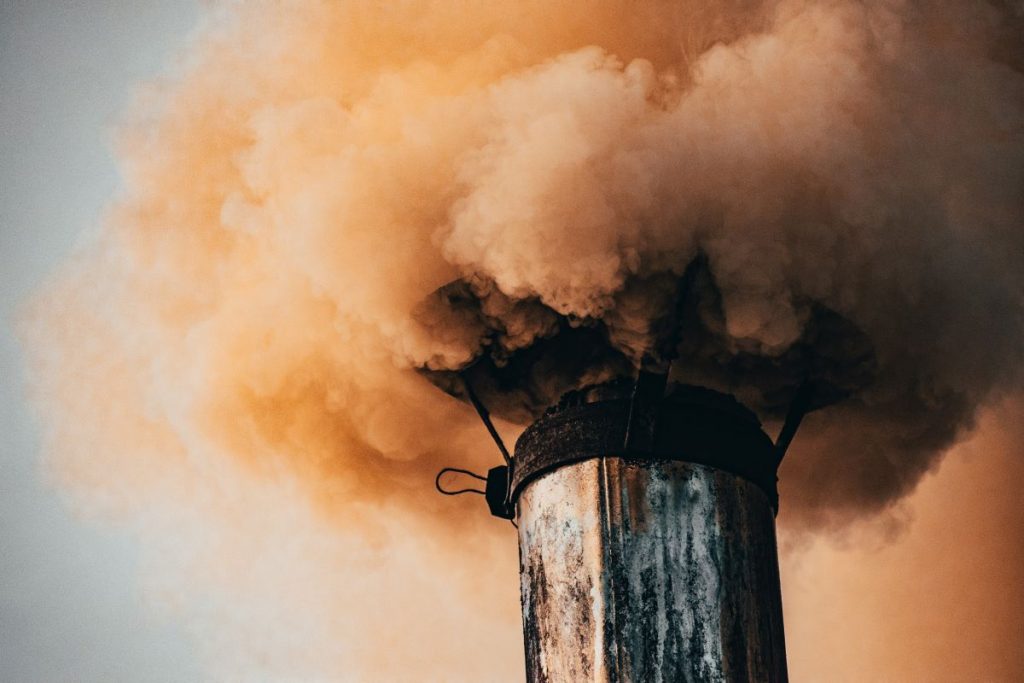When it comes to pollution in our own homes, we tend to be more cautious of some more than others. We avoid contaminated water at all costs. Never mind that we are thirsty or in need of a shower. We know the drastic health costs of dirty water. We are significantly aware of the litter that tends to spread out around the house. But there’s one pollution that we might not be as vigilant against: air pollution.
When there’s smoke outside, we close the windows. When there’s a weird and funky smell in the air, we just light up a candle. But air pollution is prevalent in our homes even if we don’t notice it.
We must remain vigilant now because of the threat of COVID-19 particles in the air. Apart from that are the air pollutants that always lingered in our homes. One way to do so is to ensure that the air at home is clean as much as possible. Here are the many ways you can do so.
COVID-19’s Airborne Transmission
Experts at the Centers for Disease Control and Prevention (CDC) declared that the COVID-19 could sometimes spread through the air. They said that some viral droplets and particles could stay in the air from a couple of minutes to a few hours. We are at the risk of inhaling these droplets that linger in the air. They call this airborne transmission. It’s similar to tuberculosis, measles, and chickenpox. This is why it’s imperative to wear a face mask and keep six feet between you and the people you interact with outside your home.
Studies also show that air polluted cities have a higher rate of COVID-19 cases. Researchers concluded that if air pollution in an area worsens by 20%, then the expected cases would rise to nearly 100%.
The economy is slowly and steadily recovering from the effects of the quarantine restrictions. Some people are reopening their businesses. Some are going back to the office. And some can revisit some public spaces, such as parks and restaurants. But this means that we have to be more vigilant than ever.
Deadly Indoor Air Pollutants
Also, COVID-19 particles aren’t the only threats that linger in the air. Our homes are also vulnerable to three air pollutants.
One is carbon monoxide (CO). It’s colorless and odorless, so we don’t notice it. But it’s there, and it can cause diseases. At low concentrations, it can cause fatigue in generally healthy people. But in people with long-term illnesses such as heart diseases, CO can cause chest pain. At high concentrations, CO causes headaches, nausea, difficulty in seeing and coordination, and symptoms similar to flu.
Another is radon (Rn). Like CO, it is odorless and colorless but can be deadly. It’s common in homes because it comes from the soil. Depending on the weather, soil moisture, and porosity, various amounts might enter our homes. And it’s often found as a significant cause of lung cancer. This is why it’s crucial to test our homes for radon.
The third most common air pollutant in our homes is secondhand smoke. We know that this comes from cigarette smoking. It causes heart diseases, lung cancer, asthma, sudden infant death syndrome, and other health issues. Studies found that nonsmokers who are in constant exposure to secondhand smoke have a higher risk of lung cancer by 20-30%.

Simple Ways to Air-Purify our Homes
An expert in infectious diseases at the Mayo Clinic stated that a strong air purifying system could protect us from the COVID-19. Dr. Gregory Poland said that it’s best to trust a high-efficiency particulate air filter. It doesn’t necessarily kill the virus. Rather, it “catches” the virus particles and stores them in the filter. Then, in exchange, it releases clean air instead.
It’s understandable, though, that buying a portable air purifier can be a bit pricey. But there are other cost-effective ways of cleaning the air at home. One is using a disinfectant spray. Although it has a high concentration of toxins, it helps clean air pollutants, not just COVID-19.
Another cost-effective way is properly ventilating our homes. Opening our windows from time to time will allow moisture levels to go down. It helps when you’ve just finished activities such as cooking. The air gets cleared, there’s less moisture and risk of mold and mildew growth.
There are many other ways of purifying the air at home. Some are quite expensive. Some won’t even cost you a cent. But what’s important is that we are taking these extra measures to ensure our safety from the coronavirus and other threatening air pollutants that may cause other diseases.



